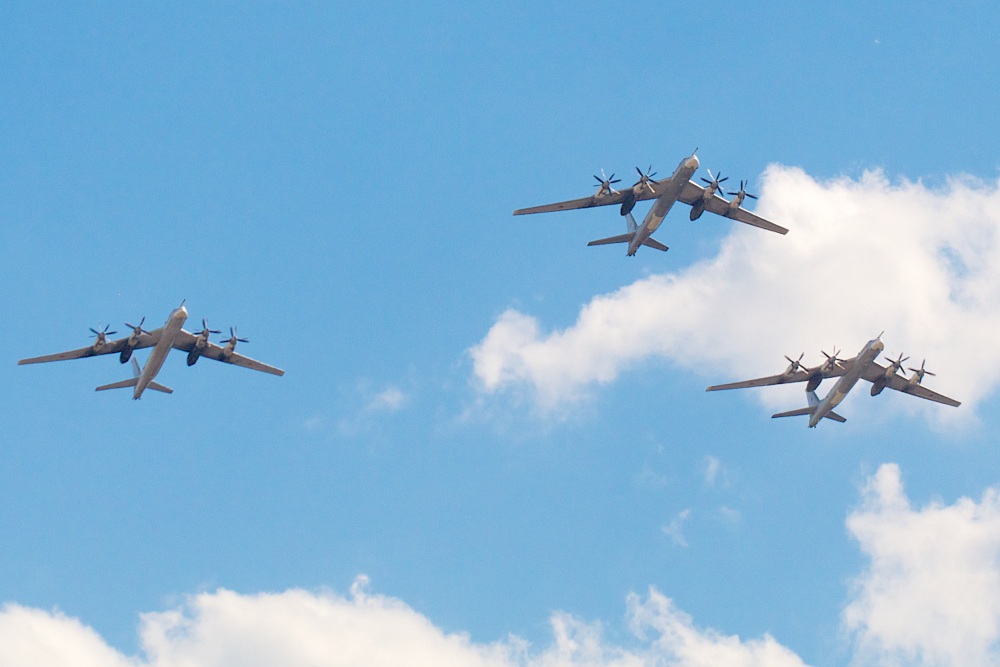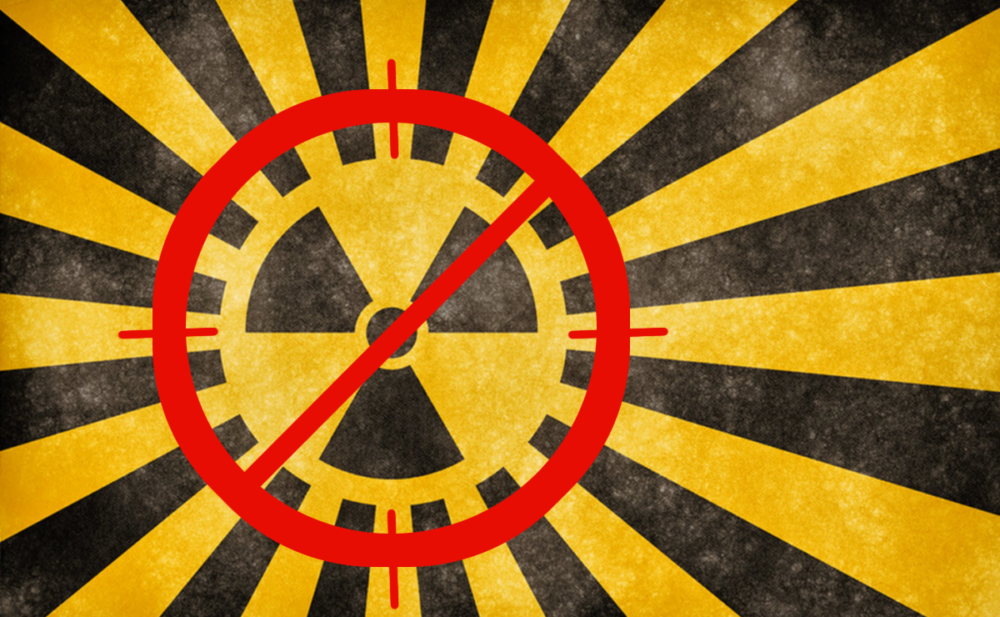
Brian Rose
Program Officer, Global Nuclear Policy
This report, Rising Nuclear Dangers: Diverging Views of Strategic Stability, by NTI's Robert E. Berls, Jr., Leon Ratz and Brian Rose highlights key conclusions from an informal survey of leading security experts from the United States, Russia and Europe. In the introduction, below, the authors highlight these conclusions and their importance in understanding the current state of strategic stability.
Relations between Russia and the West remain dangerously frayed. Tensions have been exacerbated by evidence of continuing Russian interference in Western democratic elections, Russia’s aggressive behavior in Ukraine and Syria, malicious cyber activities by Russian-backed hackers, and continued Russian concerns about Western military power and NATO expansion. All have contributed to a toxic deficit of trust and an increased risk of direct military confrontation between Russia and the West. We have entered a new era, in which a fateful error—triggered by an accident, miscalculation, or blunder—could lead to a nuclear catastrophe.
In the wake of the July 2018 Helsinki Summit between U.S. President Donald Trump and Russian President Vladimir Putin, Russian officials have reportedly encouraged their American counterparts to resume a bilateral dialogue on strategic stability.1 Although previous attempts to sustain strategic stability talks have suffered repeated setbacks and near-term breakthroughs are unlikely, such talks remain a critically important channel for communication to avoid further deterioration of the U.S.–Russian relationship, and they must continue. To succeed, they must address fundamental differences in perceptions of strategic stability between Russia and the West.
Many definitions of strategic stability have been used in scholarship, military doctrine, and defense planning since the concept first gained currency in the 1950s.2 While there is no single definition, strategic stability is generally understood both by Western and Russian scholars and by national security professionals to refer to a state of relations between nuclear powers that includes three key conditions. First, it minimizes incentives for one side to initiate nuclear use (first strike stability). Second, it reduces incentives for competition in the development and deployment of nuclear forces (arms race stability). Third, it provides a degree of predictability and transparency during periods of heightened tension (crisis stability).3
Although there is a fair amount of convergence on the core concepts, U.S., European, and Russian policymakers operate with different or competing threat perceptions and different views on what is destabilizing or escalatory. This has led to some disagreement over which factors most negatively affect strategic stability—and who is responsible for them. An increasingly tense regional security environment and the emergence of new technologies have sharpened these differences, driven changes in nuclear force postures, and complicated the ways in which states seek stable relationships. This situation carries considerable risks. Left unaddressed, the perceived or actual erosion of strategic stability between Russia and the West will increase the risks of miscalculation and escalation—with potentially catastrophic results.
As part of its Rising Nuclear Dangers project, focused on reducing risks in the Euro-Atlantic region, the Nuclear Threat Initiative (NTI) conducted an informal survey of leading security experts from the United States, Russia, and Europe to assess their views on strategic stability and the factors that affect it. A list of NTI survey questions is included in Appendix 1. The survey responses led to the following conclusions:
NTI’s survey results confirm what has become increasingly apparent in recent years: that all too often, what the West finds stabilizing, Russia finds destabilizing, and vice versa. Acknowledging this divergence is a critical step toward addressing the most serious crisis facing Russia and the West since the end of the Cold War.
Sign up for our newsletter to get the latest on nuclear and biological threats.
The co-conveners and participants of the Euro-Atlantic Security Leadership Group call for the re-establishment of basic principles relating to security and nuclear order.
There is a critical need for a global diplomatic approach to address growing cyber risks, including, where possible, through cooperation between the United States and Russia.
Deputy Vice President for NTI’s Nuclear Materials Security Program Eric Brewer writes that “although Russia’s war [in Ukraine] has created nuclear risks, the risk that it will unleash a wave of nuclear proliferation is lower than many believe.”



